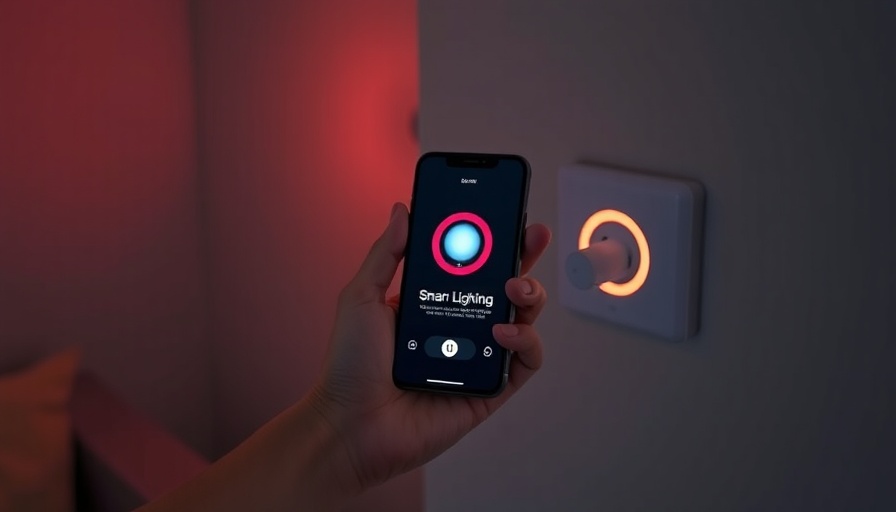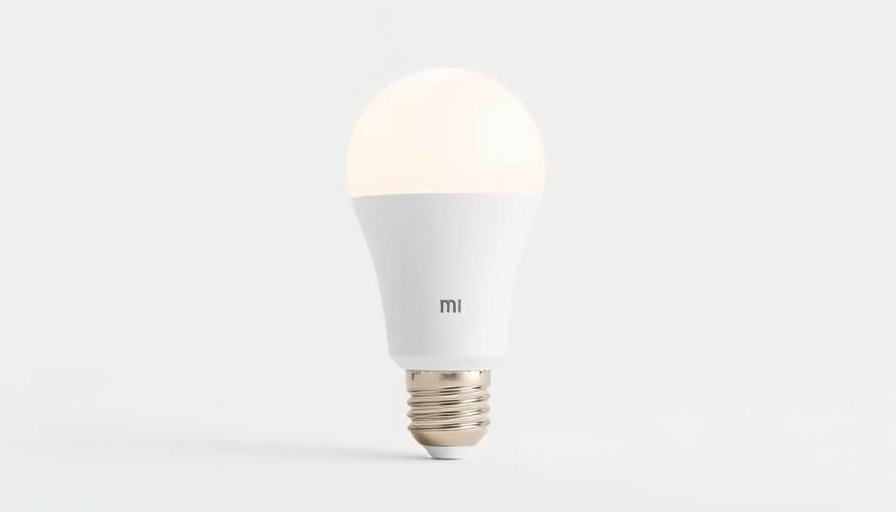
Exploring the Smart Home Landscape: Homey vs. Home Assistant
As smart home technology continues to evolve, two prominent players, Homey and Home Assistant, have emerged as favorites among tech enthusiasts. In a recent conversation with smart home expert David Webster, we dove deep into the features, challenges, and future potential of these platforms. Both David and I share a keen interest in the world of smart homes, although our experiences and preferences tell different stories.
The Frustrations of Home Automation
One of the key points discussed was the reliability of these systems. David experienced recurring crashes with his Homey device, a common issue that has caused frustration for many users. This raises an important question: how reliable are these devices in enhancing our daily lives? David suggested that if he were to switch systems, Home Assistant would likely be his choice. Yet, he noted its complexity—while it’s becoming more user-friendly, it still requires a certain level of technical know-how. For those of us who prefer a simpler, out-of-the-box experience, this can be daunting.
Does AI Hold the Key to Smarter Homes?
AI is poised to play a significant role in the future of smart homes. Imagine creating automations just by speaking to your system, transforming user interaction into a seamless experience. David highlighted AI’s potential to revolutionize the smart home landscape, making it accessible for everyone, regardless of technical skills. As voice recognition technology improves, we may soon find ourselves effortlessly controlling our home technologies.
The Future of Smart Living
Both Homey and Home Assistant highlight the distinct paths users can take in their smart home journeys. With technological advancements, simplifying user experiences will be crucial. As we navigate through the myriad options available, awareness of the strengths and weaknesses of each platform—combined with the integration of innovative AI features—will enable consumers to make more informed choices.
In summary, the world of smart homes is expanding rapidly. Understanding these platforms—and what they offer—can empower users to enhance their lifestyles with the latest technology.
 Add Row
Add Row  Add
Add 




Write A Comment